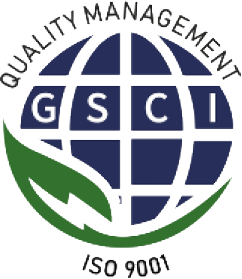Ceramic Ball
Ceramic balls are spherical objects made from ceramic materials known for their exceptional hardness, wear resistance, and high-temperature stability. They are used in various industries, including bearings, valves, precision instruments, and more. The manufacturing process for ceramic balls requires specialized techniques to achieve precise sizes and high-quality products. While I don’t have specific information about DSP Precision Products Pvt Ltd’s processes, I can provide a general overview of the manufacturing process for ceramic balls:
Ceramic Ball Manufacturing Process:
- Raw Materials: The primary raw material for manufacturing ceramic balls is high-purity ceramic powder. The choice of ceramic material depends on the desired properties of the final product, such as alumina oxide (alumina), silicon nitride (Si3N4), zirconium oxide (zirconia), or other specialized ceramics.
- Powder Preparation: The ceramic powder undergoes various processing steps to achieve the desired particle size distribution, purity, and chemistry. This may involve milling, blending, and sieving.
- Shaping: Ceramic balls can be produced using different methods:
- Cold Isostatic Pressing (CIP): In this method, the ceramic powder is placed in a flexible mold and subjected to high-pressure isostatic pressing to form a green compact that is roughly the shape of a ball.
- Hot Isostatic Pressing (HIP): In some cases, the green compacts produced through CIP may undergo hot isostatic pressing to further densify the material and remove any remaining porosity.
- Extrusion: In the extrusion method, the ceramic powder is mixed with a binder and forced through a die to create cylindrical shapes. These shapes are then cut into spherical balls.
- Sintering: The green compacts or extruded balls are subjected to high-temperature sintering in a controlled atmosphere, typically using a specialized sintering furnace. Sintering involves heating the material to temperatures near or above its melting point but below its decomposition temperature. During sintering, the ceramic particles bond together, creating a dense and hard ceramic ball.
- Grinding and Polishing: To achieve precise dimensions and a smooth surface finish, the sintered ceramic balls undergo grinding and polishing processes. These processes are essential for achieving tight tolerances and a high-quality surface finish.
- Quality Control: Throughout the manufacturing process, stringent quality control measures are implemented to ensure that the ceramic balls meet the specified standards. This includes dimensional checks, surface quality inspections, hardness testing, and chemical composition analysis.
- Packaging and Shipping: Once the ceramic balls pass quality control, they are packaged according to customer requirements and prepared for shipment.
DSP Precision Products Pvt Ltd, as a manufacturer, would have its own proprietary processes and quality control procedures to meet the specific requirements of its customers.
If you are interested in purchasing ceramic balls from DSP Precision Products Pvt Ltd or have specific size and ceramic material requirements, you should contact the company directly to inquire about their manufacturing capabilities, product offerings, and any specific requirements you may have. The address you provided can be used to reach out to them.




